When former United Nations Secretary General and President of Austria Kurt Waldheim died on June 14 of this year, he had been officially barred from entry into the United States for 20 years. Why? Despite a successful diplomatic career, dealing with the tensions of the Cold War and numerous crises around the world, Waldheim was unable to suppress the nature of his service in the German Army during World War II.
Born in St. Andra-Wordern, near Vienna, on December 21, 1918, Waldheim was a student at the University of Vienna in 1938, when Hitler and the Nazis announced the anschluss, or union, of Austria and Germany. Subsequently, he became a member of the Nazi student union and joined the Sturmabteilung, popularly known as the Brown Shirts. These paramilitary Nazis were basically street thugs and had gained a reputation for terrorizing enemies of the Nazi government.
With the outbreak of war, Waldheim was drafted into the German Army. During his service on the Eastern Front in 1941, he was wounded and supposedly granted a medical discharge. Insisting for decades that he did not return to active duty, Waldheim wrote two autobiographies but related very little about his later activities during the war years. Reportedly, he graduated from law school in 1944 and then married.
At the end of World War II, Waldheim’s diplomatic career developed quickly. He accepted a position in the Austrian Foreign Ministry and served in France. In 1955, he became Austria’s first delegate to the United Nations. He held the position of ambassador to Canada and was named UN Secretary General in 1972. In 1986, he was elected President of Austria amid a raging controversy as to the true nature of his involvement with the German Army in the Balkans.
During his presidential campaign, various documents that contradicted Waldheim’s claims came to light. Organizations such as the World Jewish Congress released evidence that he had actually served in the German Army until 1945. In fact, they indicated that Waldheim had been an intelligence officer in Yugoslavia and Greece during the spring and summer of 1942 and that in April 1943 he joined Department I-C, attached to Army Group E. When confronted with this information, Waldheim admitted only that he had been a clerk and denied any knowledge that his unit had committed numerous atrocities, including the executions of partisans and innocent civilians. Nevertheless, his commanding officer, General Alexander Loehr, had presented him the War Merit Cross, First Class, with Swords in 1945. Loehr was executed for war crimes two years later.
Waldheim was identified as a war criminal, but never tried. Perhaps the most compelling evidence against him is the fact that he was an apparent participant in Operation Kozara, a successful offensive against Yugoslav partisans under Tito, which was conducted in 1942. The bodies of many of those executed by the Germans were displayed on wooden gallows along the road between Kostajnica and Banja Luka. Waldheim was decorated and identified on the German Army honor roll for his participation. He also received a medal from the notorious Ante Pavelic, leader of the Ustashi, a fascist organization. Later, he was said to have approved the dropping of Anti-Jewish propaganda leaflets behind Red Army lines. One of the leaflets concluded, “Enough of the Jewish war, kill the Jews, come over.”
When Waldheim was elected president of Austria, Israel boycotted his inauguration. The United States officially labeled him a war criminal, and an international commission found that he was aware of atrocities committed and failed to act in order to stop them. He became a virtual outcast from the world diplomatic community.
Although he had been a champion of peace during his tenure with the United Nations, Waldheim could not hide his Nazi past forever. In 1996, he wrote in his own defense, “I did what was necessary to survive the day, the system, the war—no more, no less.”
A legacy of terror and murder has outlived Kurt Waldheim, and years of diplomatic service are destined to fade into obscurity.
Michael E. Haskew
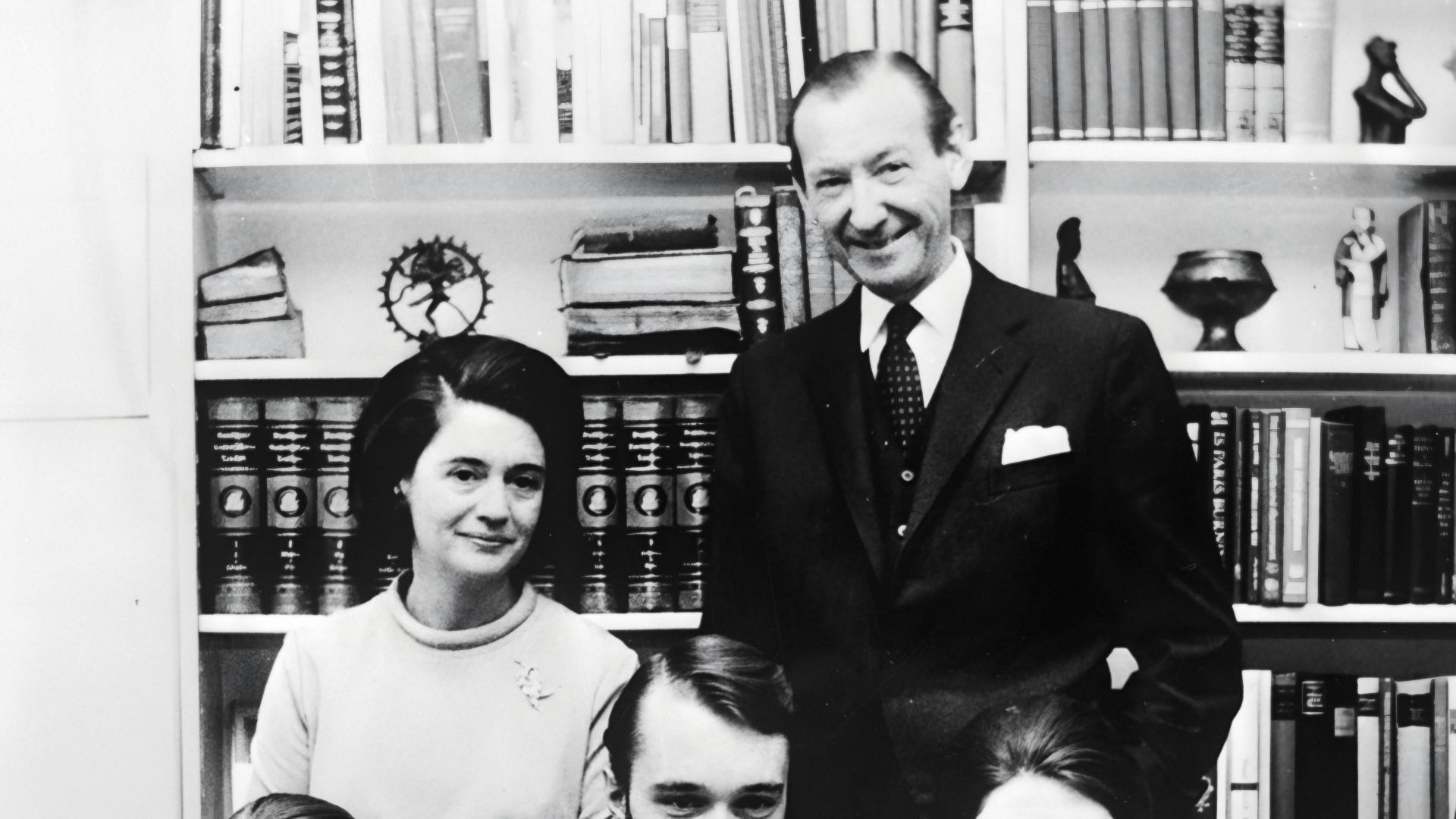


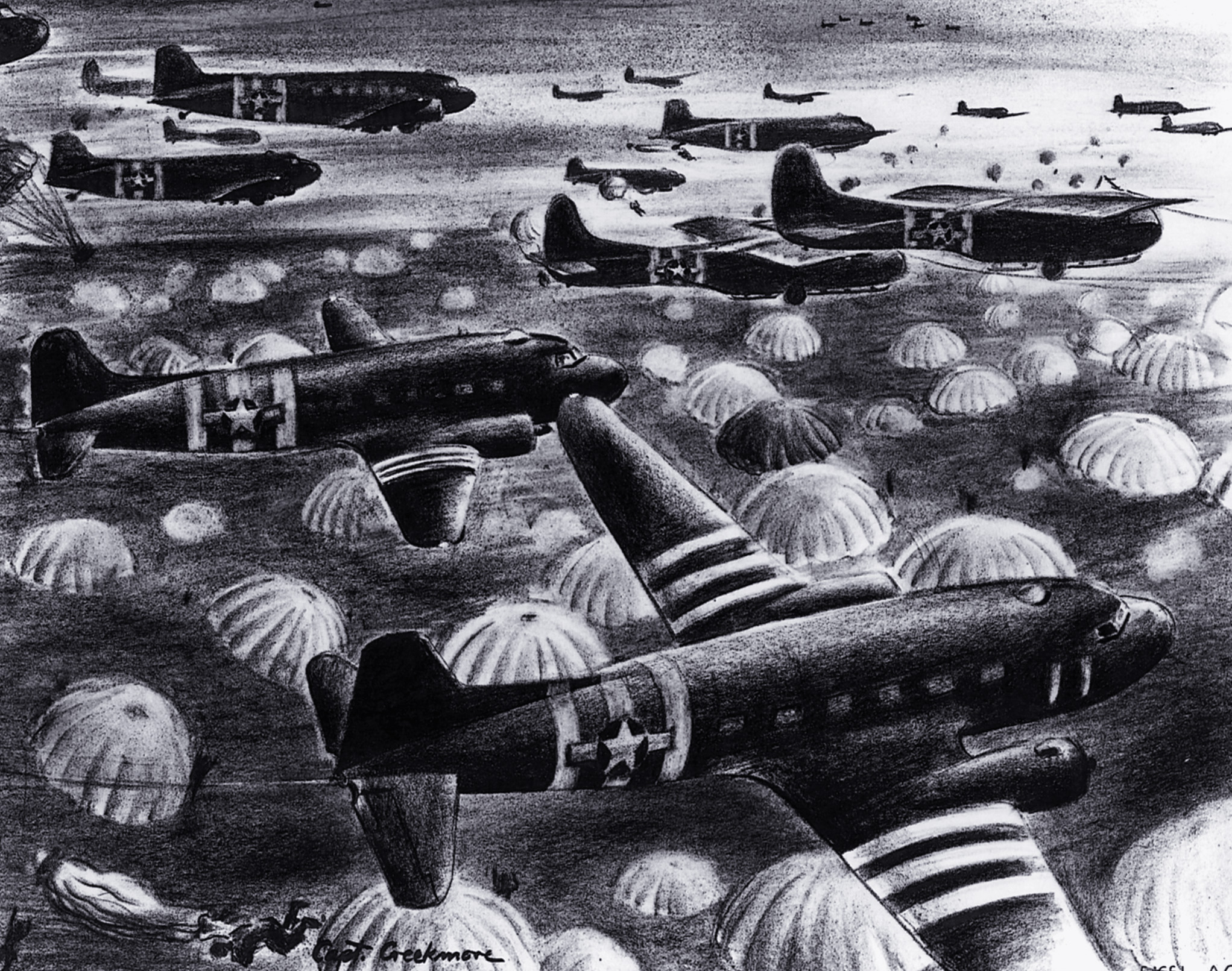
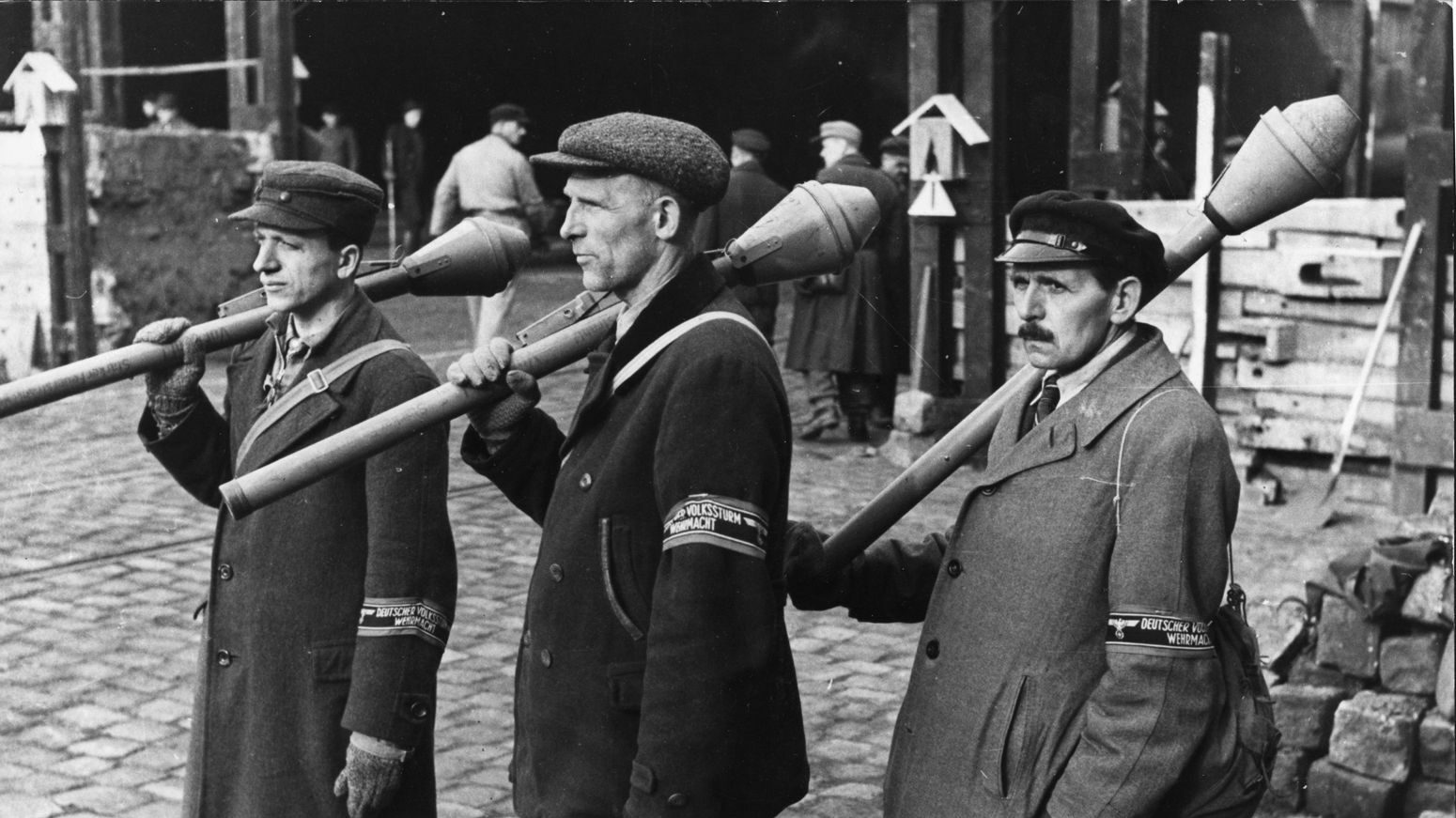

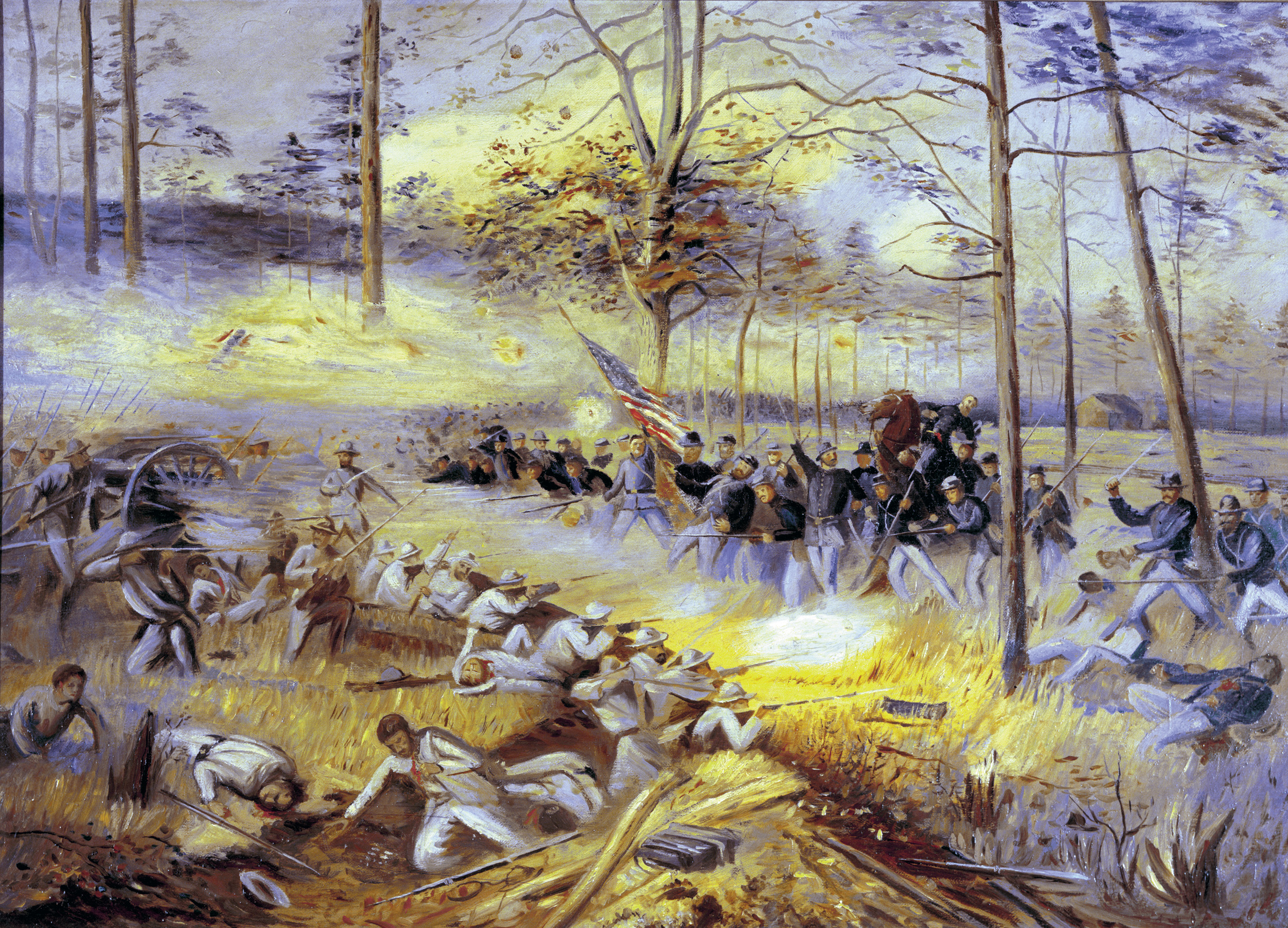
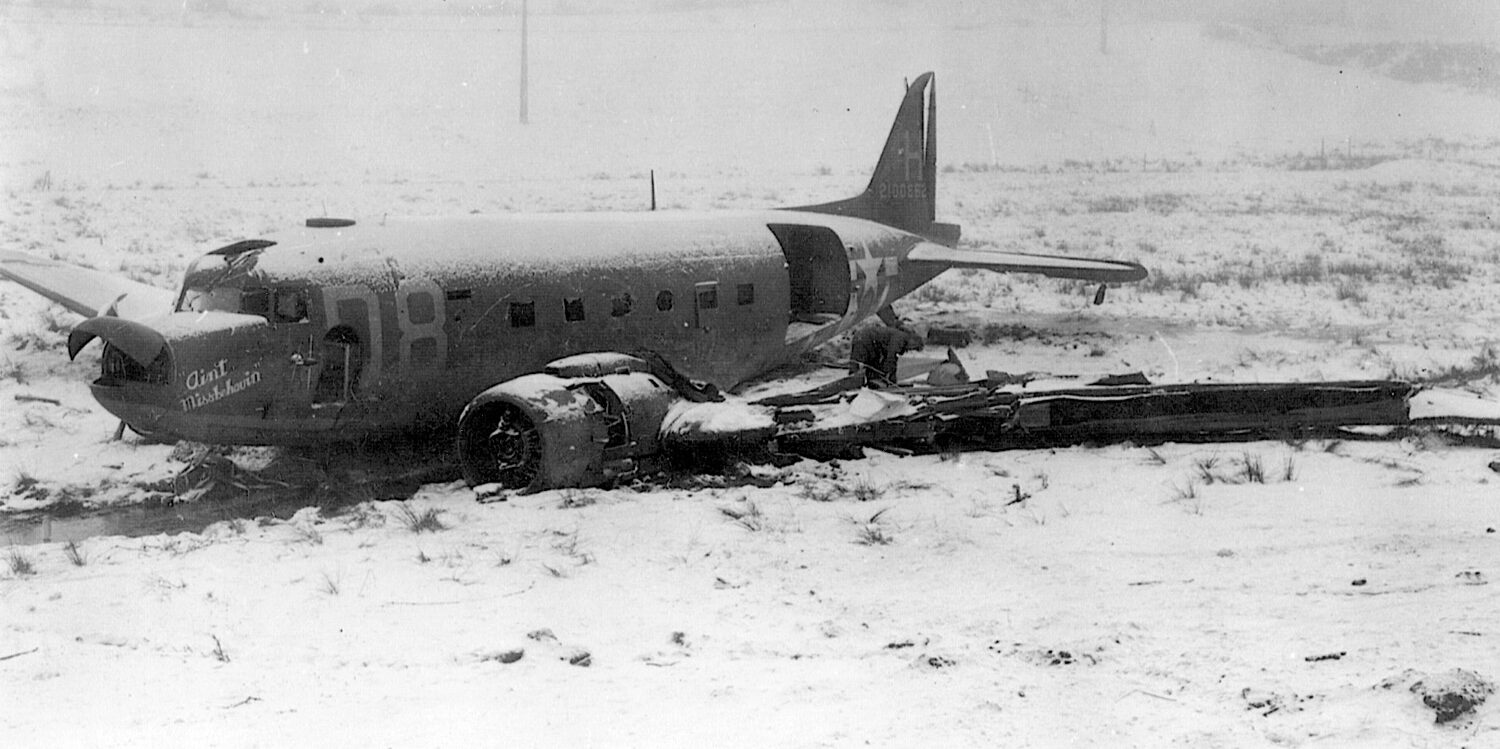
Join The Conversation
Comments
View All Comments